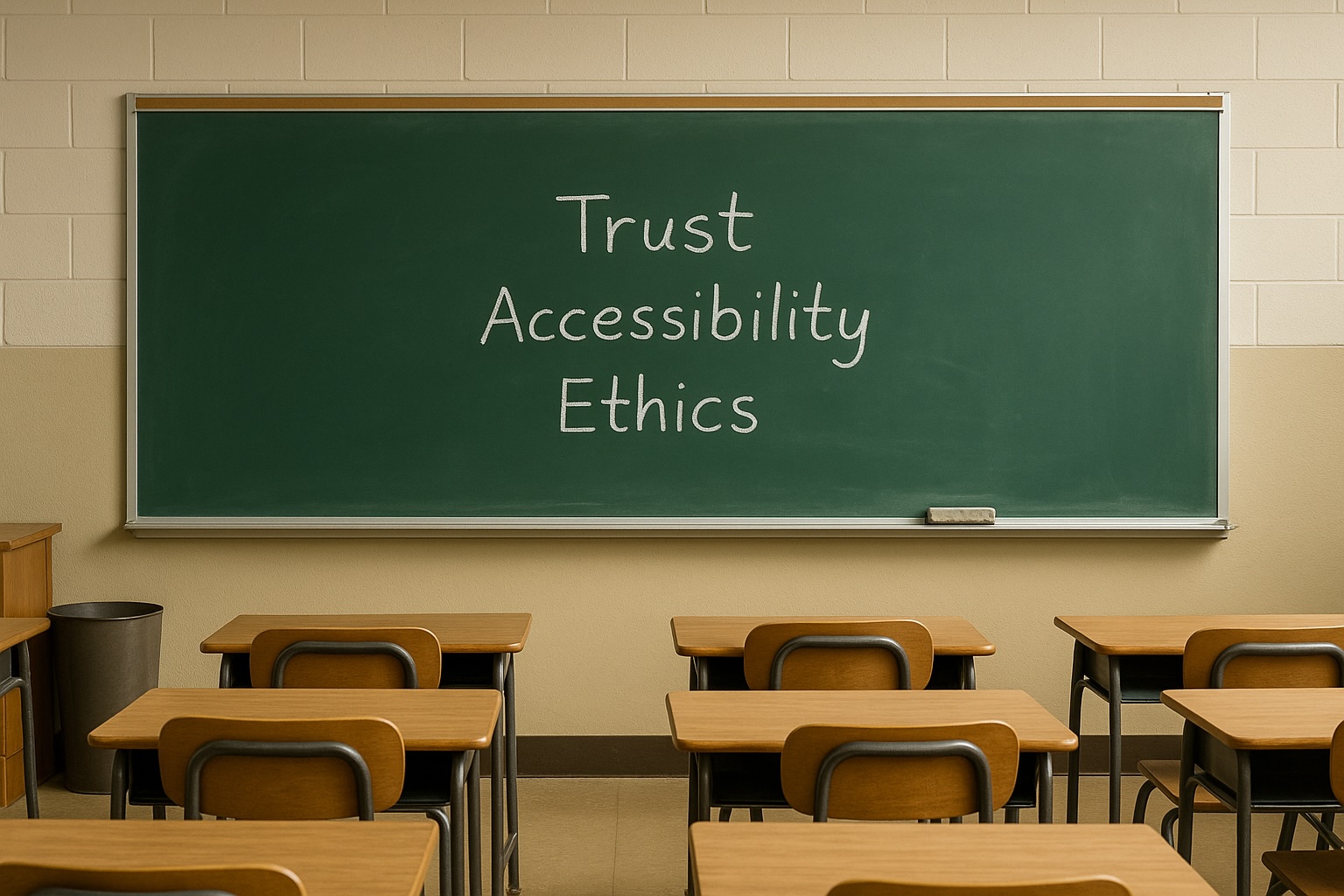
by Chief Operating Officer Tzu-Ying (Kimberley) Chen
Working at the intersection of technology and education means facing both excitement and complexity. AI has the potential to make learning more personalized, accessible, and engaging — but turning that vision into reality isn’t without challenges. Over time, three issues tend to appear again and again, and they deserve thoughtful solutions.
1. Teachers’ Trust and Adoption
Many teachers ask: Will AI replace me? Will it make my job harder? These questions are valid, and they highlight an important truth — real change in education only happens when teachers feel supported.
Our approach is to involve educators from the start. By listening to their needs, co-designing tools that fit naturally into lessons, and offering clear, supportive training, AI becomes a helping hand rather than a burden. When teachers feel ownership, adoption comes with ease.
2. Infrastructure and Accessibility
Not every school has equal resources. Some classrooms have limited devices or unreliable internet, and tools that demand too much risk leaving these students behind.
Our approach is to design solutions that are light, flexible, and compatible with what schools already have. We encourage phased rollouts so schools can begin small and grow with confidence. Accessibility isn’t just a feature; it’s a commitment.
3. Balancing Innovation with Privacy and Ethics
Education involves sensitive data — student progress, learning behaviors, personal details. Protecting this data while still enabling meaningful insights is a constant responsibility.
Our approach is to set the highest standards for privacy and be transparent about how data is used. Trust is the foundation. Without it, innovation cannot last.
A Closing Thought
AI will never replace the heart of education — the human connection between teachers and learners. What it can do is amplify that connection, reduce unnecessary burdens, and open new opportunities for growth.
If we address these challenges with care and empathy, AI in education will not only change classrooms — it will enrich the joy of learning for everyone it touches.

